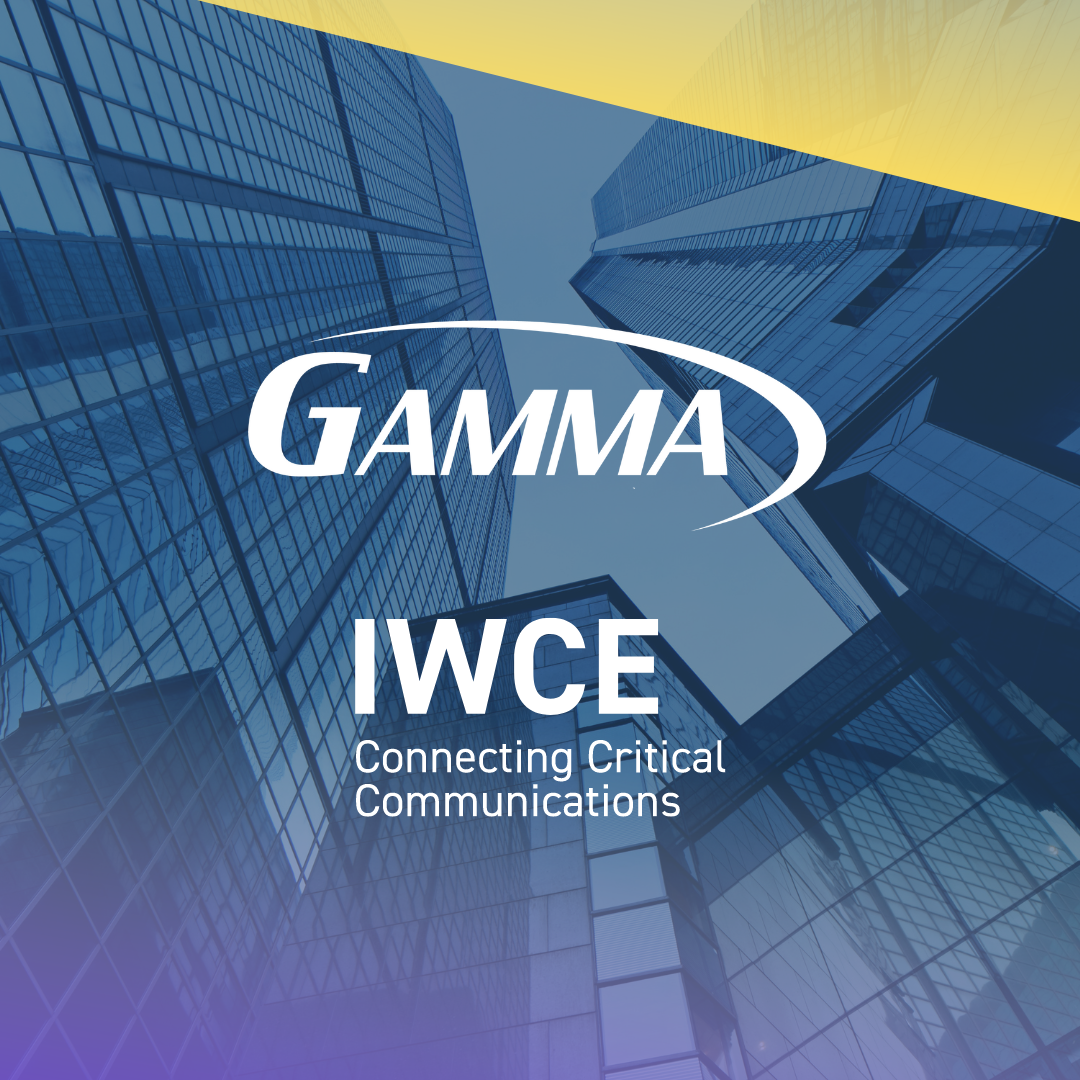As team Gamma has been visiting AHJs and integrators throughout the US we listened and responded to what we were hearing. Keep in mind that these networks are critical to keeping first responders communicating in and out of buildings. Cell signal dead spots prevent residents from calling 911 and sometimes it’s not possible to move to a different location inside the building to make the call. Therefore, getting a 95% to 99% coverage is a must when you are stuck in this situation.
Anything that can be done to help the technician build a network a little faster, with more precision and fewer errors is a huge bonus. Can you imagine that water ingress in one connection can attenuate the entire network. Yep, it’s the donor antenna pigtail that mates to the ½” hardline. This connection is exposed to UV, wind, rain, snow freezing temps, scorching heat, and O-zone.
We realized that integrators don’t have a sustainable solution for weatherproofing donor antennas. So, broadband tower climbers have been deploying Gamma cold shrink for a decade now, while unfortunately most integrators are still using electrical tape, which isn’t waterproof, and butyl to waterproof their outdoor connections. This method can work but is messy and after the electrical tape is left in the sun over time, it starts to peel back. It’s ideal to avoid butyl blowouts and avoid destroying cable and connectors while trying to inspect them.
It is also near impossible to implement quality control because each installer does it a little differently. This means you have no way of knowing whether that connection is watertight.
This became a significant problem during the rainy season in 2023, California received double its normal rainfall. This wreaked havoc on in-building DAS systems. Currently, thousands of technicians around the country and world for that matter use Tape N Butyl to weatherproof outdoor RF connections.
I like being the bearer of good news, so here it is, Gamma designed a new and improved cold shrink to resolve that problem. Up until now, there isn’t a cold shrink on the market that has a shrink ratio large enough to seal a N hardline connector to a LMR-195 cable. This one exceeds 5:1. Not only does it seal, but it’s been tested to an IP-X8 standard. This means we dunk it in a tank, a meter deep and leave it there to verify there is no water ingress.
The SDL-TNL-152 seals the N pigtail on the donor antenna with a cable as small as an LRM-195 (0.195”) to the N compression connector on the ½” hardline.
In May 2023, the Safer Building Coalition released the “Complete ERCES Handbook”. On page 387, the book mentions a best practices to weatherproof the donor antenna connection. There are a few options mentioned. But I guarantee you that Gamma’s cold shrink is by far the best option. Not only has it been deployed on thousands of AT&T towers, but it’s been tried and tested for a decade now.
RF142 Coaxial Cable – 4.3-10 Male to N Female
Now that we have your exterior cable connection covered, I’d like to introduce you to a sweet new jumper cable. Bi-directional amplifier manufactures like ADRF and Westell are now offering a new female bulkhead connector on their BDAs. The 4.3-10 is a better performing connector. It’s about time that they upgraded their connectors. Many BDA manufactures haven’t implemented this. The reasoning behind it is still unknown. Moreover, if we take a look at the difference in pins between the N connector and the 4.3-10 and it will give you a good idea as to why the 4.3-10 outperforms the N connector.
Most RG-142 jumper cables on the market are N to N, which means you need to buy a pricey adapter to mate the 4.3-10 female connector to the N jumper. If an integrator forgets to purchase the adapter and their technicians start installing the BDA. This results in stopping production and picking up a $60 adapter.
We resolved that issue. Just spec in our 24” 4.3-10 Male to N female jumper cable. It’s just one simple solution.








